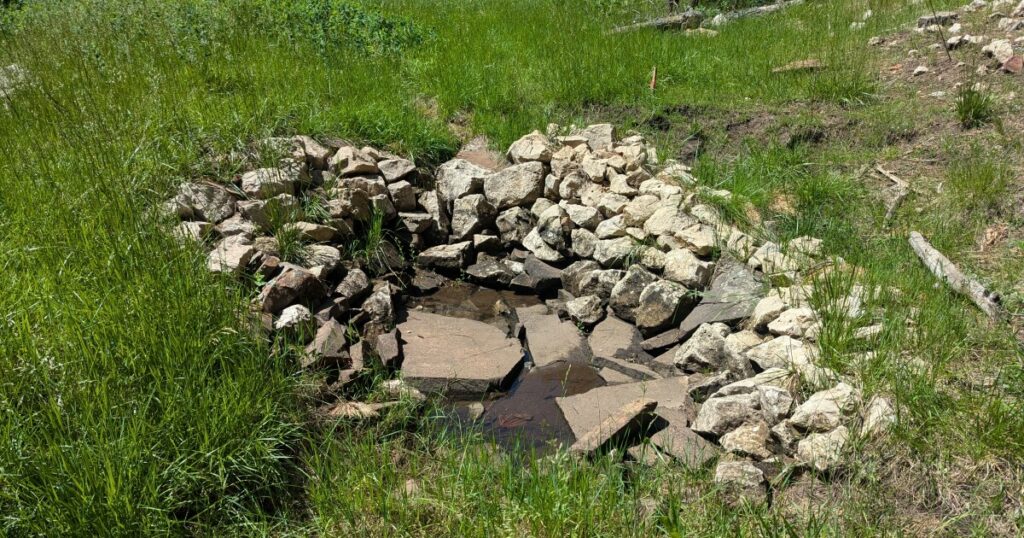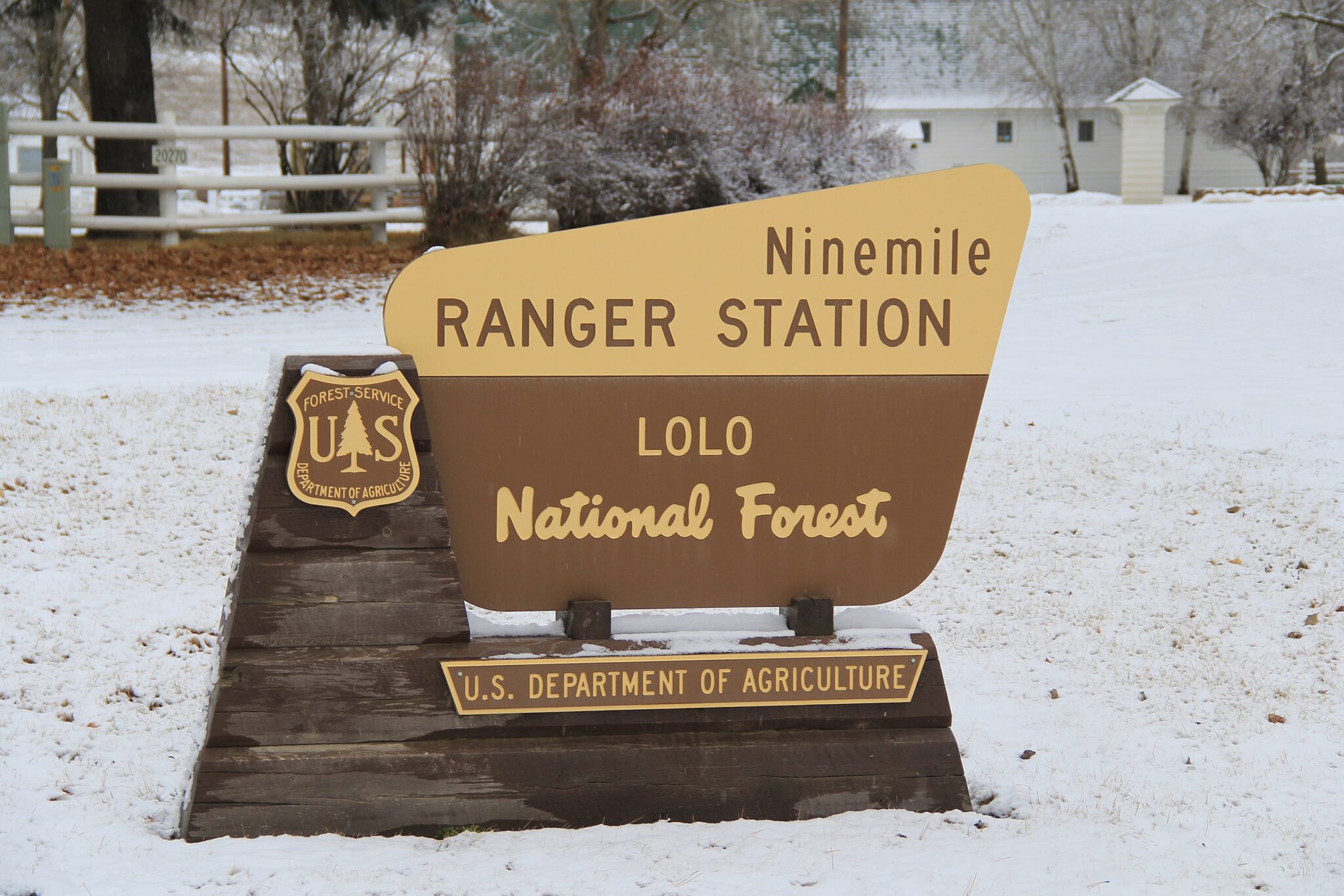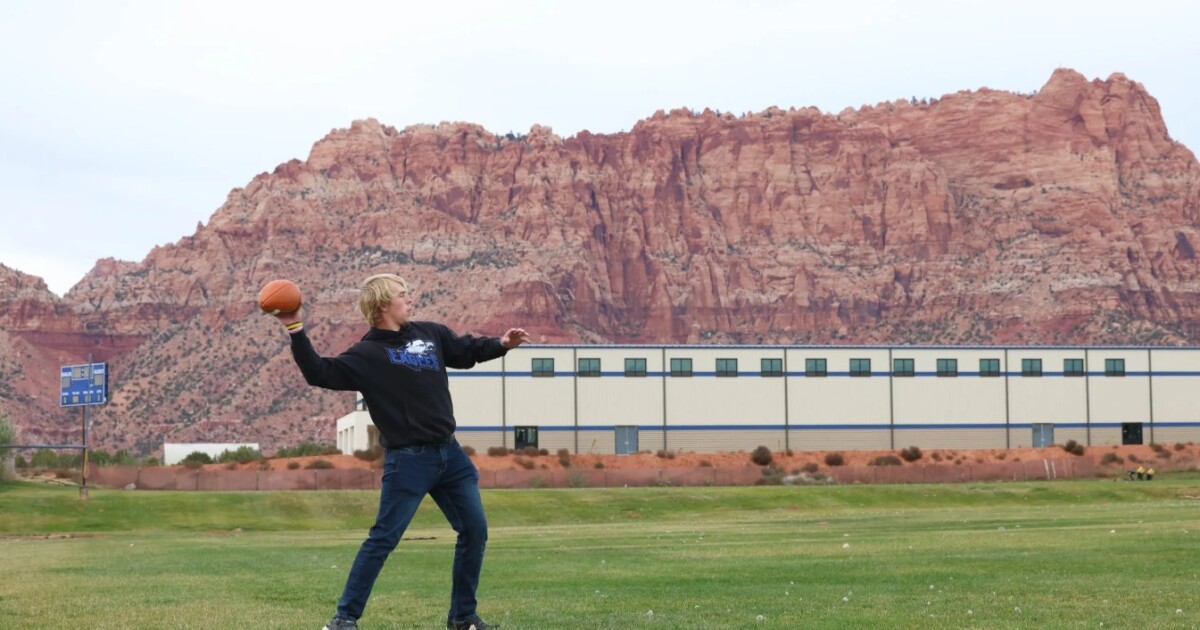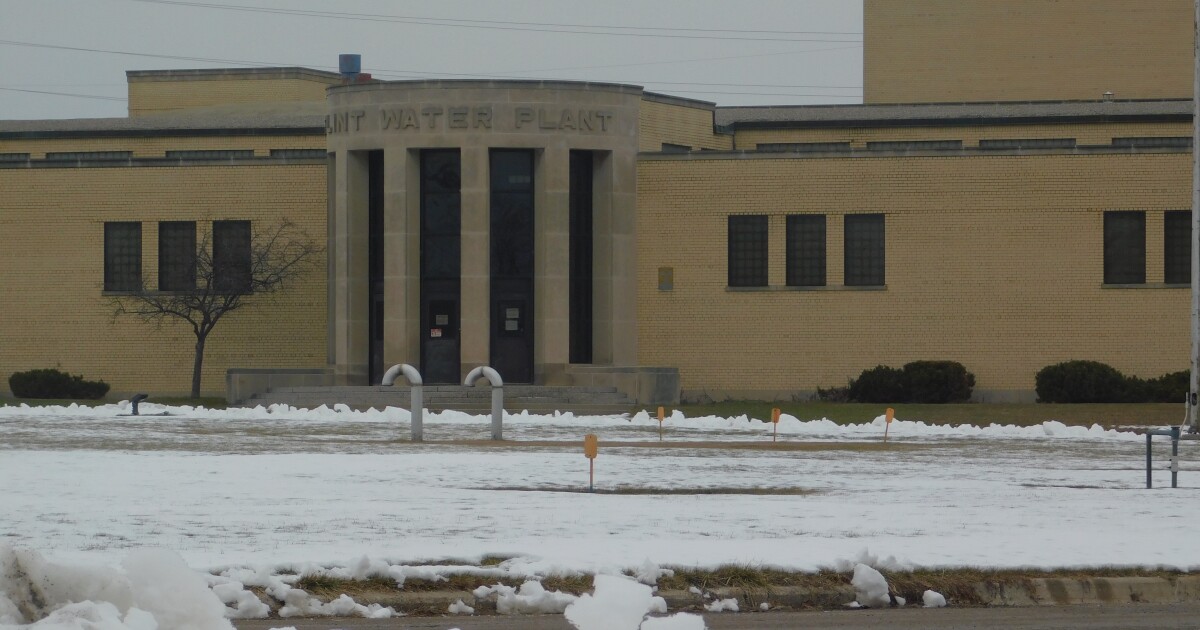High in the pines above the Mogollon Rim, small wet meadows play a vital role in maintaining ecological balance. These areas are essential for plant diversity, wildlife support, and the health of watersheds. Over the last hundred years, human activities like farming, grazing, and road construction have led to the draining of some of these meadows. This has caused water to channel into narrow streams, resulting in erosion and a drop in water tables.
In response, the Coconino National Forest launched the Watershed Restoration Action Plan in 2012. As part of this effort, Flagstaff’s Natural Channel Design Inc. joined forces with the Arizona Elk Society to restore several wet meadows, including Long Valley near Blue Ridge Reservoir, with future projects planned for the upper stretches of East Clear Creek.
Volunteer weekends see large groups using a method known as “plug and spread” to redirect water. This involves placing earthen, rock, and log structures to slow water flow, thereby spreading it across the meadow surface. Where human activity has compacted the topsoil, contour ploughing is used to break it up, allowing water to better penetrate the soil.
In some meadows, seeds from moisture-loving plants like horsetails naturally regenerate as water levels recover. In other areas, meadows are sown with native sedges and grasses to help restore the ecosystem. These plants form dense root mats that stabilize the soil, creating habitats that sequester carbon and retain water longer. This results in greener meadows that benefit elk, other wildlife, and water resources.
This Earth Note was written by Diane Hope and produced by KNAU and the Sustainable Communities Program at Northern Arizona University.
—
Read More Arizona News










